 La colección de libros "100 ideas que cambiaron..." (el diseño gráfico, el arte, la moda, la arquitectura, el cine, la fotografía) destaca momentos, descubrimientos e invenciones, resultado de arduos procesos de investigación, que cambiaron, sobre todo, la forma de entender, de pensar, de ver el mundo.
La colección de libros "100 ideas que cambiaron..." (el diseño gráfico, el arte, la moda, la arquitectura, el cine, la fotografía) destaca momentos, descubrimientos e invenciones, resultado de arduos procesos de investigación, que cambiaron, sobre todo, la forma de entender, de pensar, de ver el mundo.
En 100 ideas que cambiaron la fotografía (100 Ideas That Changed Photography) se destacan los mayores desafíos a lo largo de un camino repleto de dificultades técnicas, pero también, de grandes innovaciones: un verdadero proceso de imparables revoluciones. En este libro pueden verse los cambios de tecnología a lo largo del tiempo, desde las cámaras inmensas hasta las que están incorporadas a los teléfonos.
Interesante reflexión que el sitio Brain Pickings resume de forma gráfica, así:
IDEA # 1: THE CAMERA OBSCURA
When Christian Gobrecht illustrated the workings of a camera obscura for Abraham Rees’s The Cyclopedia or Universal Dictionary of Arts, Sciences, and Literature (1805-22), he was careful to show how the device created an inverted image.
IDEA # 2: THE LATENT IMAGE
The latent image was coaxed from the daguerreotype plate by being exposed to mercury fumes in a so-called 'bath' like this one.
IDEA # 4: NEGATIVE/POSITIVE
The negative formed the basis of photography until the digital age. It is based on the reversal of dark and light tone.
IDEA # 9: THE LENS
Specially designed weights or impromptu inventions were attached to the shutter to create timed lens exposures.
IDEA # 12: CYANOTYPE
The cyanotype allowed builders and engineers to create durable and detailed drawings.
IDEA # 12: CYANOTYPE
Anna Atkins was one of the first scientists to use the cyanotype to record delicate specimens, as in Himanthalia lorea, from her 1843 book on algae.
IDEA # 13: COLLODION
Photographers who used the collodion process had to process their glass plates before and after exposure. They brought a portable darkroom and sometimes employed assistants to help.
IDEA # 27: CARTES DE VISITE
Disdéri’s multiple portraits of a ballet dancer is entitled Petipa (c. 1862), for the renowned French dance master and choreographer. Performers and public figures often had cartes de visite made in great numbers, which they either gave away or sold.
IDEA # 46: PROJECTION
In 1925, the French children’s magazine Le Petit Inventeur captured the wonder of projected images.
IDEA # 56: THE PEOPLE'S ART
For the cover of a 1929 issue of the German publication The Worker Photographer, Ernst Thormann chose a close-up of a Roma child.
IDEA # 56: THE PEOPLE'S ART
In this anonymous early Kodak snapshot from about 1888, the maker’s shadow is clearly visible on the lower left side.
IDEA # 77: THE SELF-PORTRAIT
In her 1896 Self-Portrait (as New Woman) successful Washington, D.C. photographer and business owner, Frances Benjamin Johnston, poses cross-legged, as a man might do, while holding a cigarette and a beer stein.
(Tomado de http://www.brainpickings.org/index.php/2012/10/24/100-ideas-that-changed-photography/)
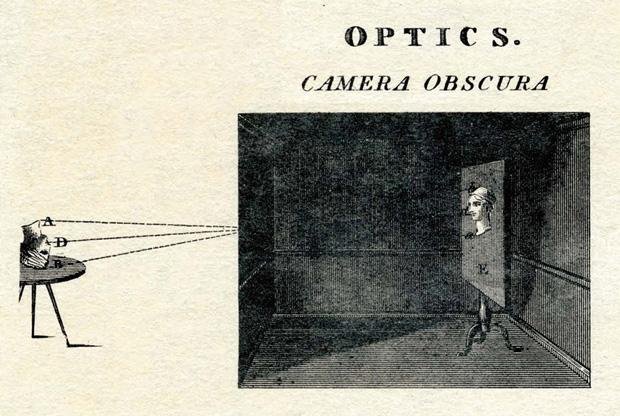
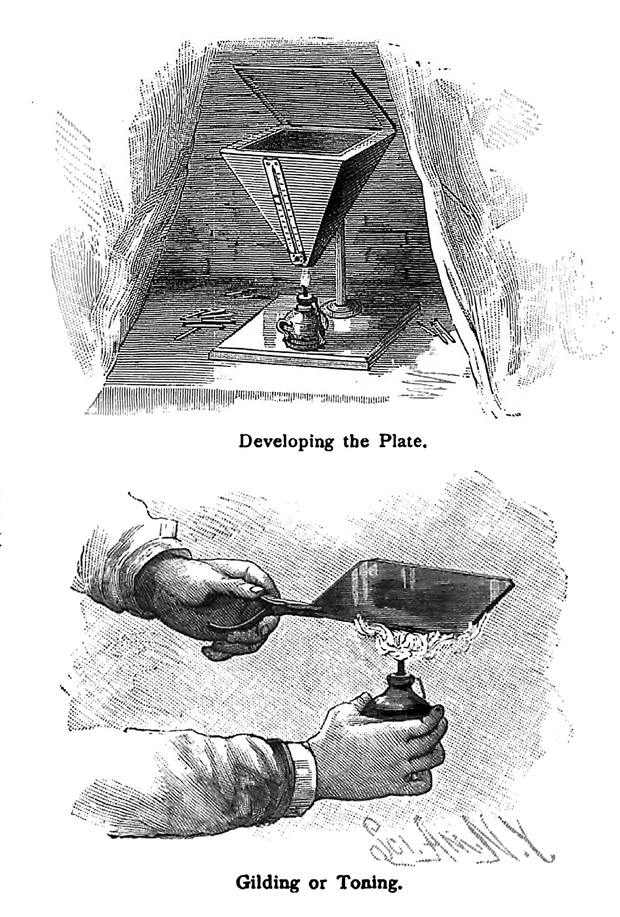

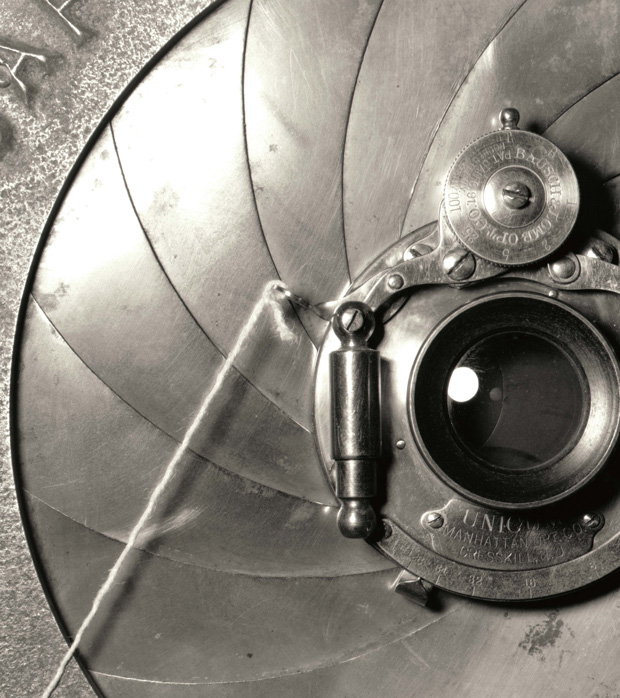

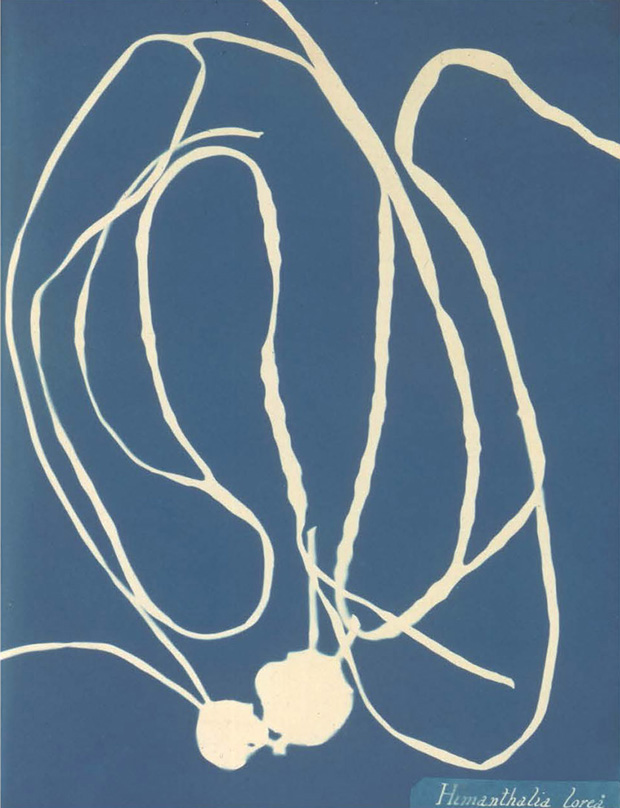


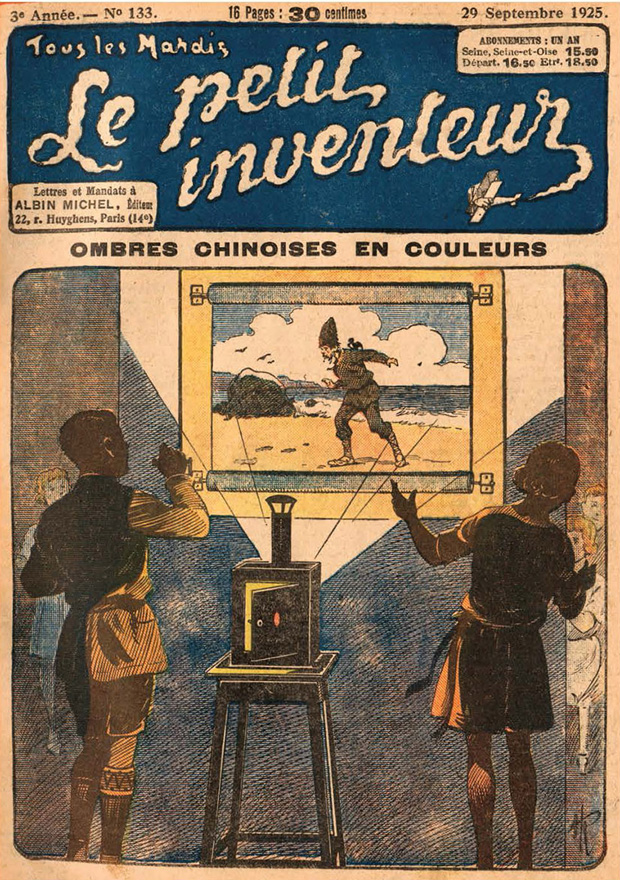





No hay comentarios.:
Publicar un comentario
Comparte tus comentarios aquí. Nos interesa tu opinión!